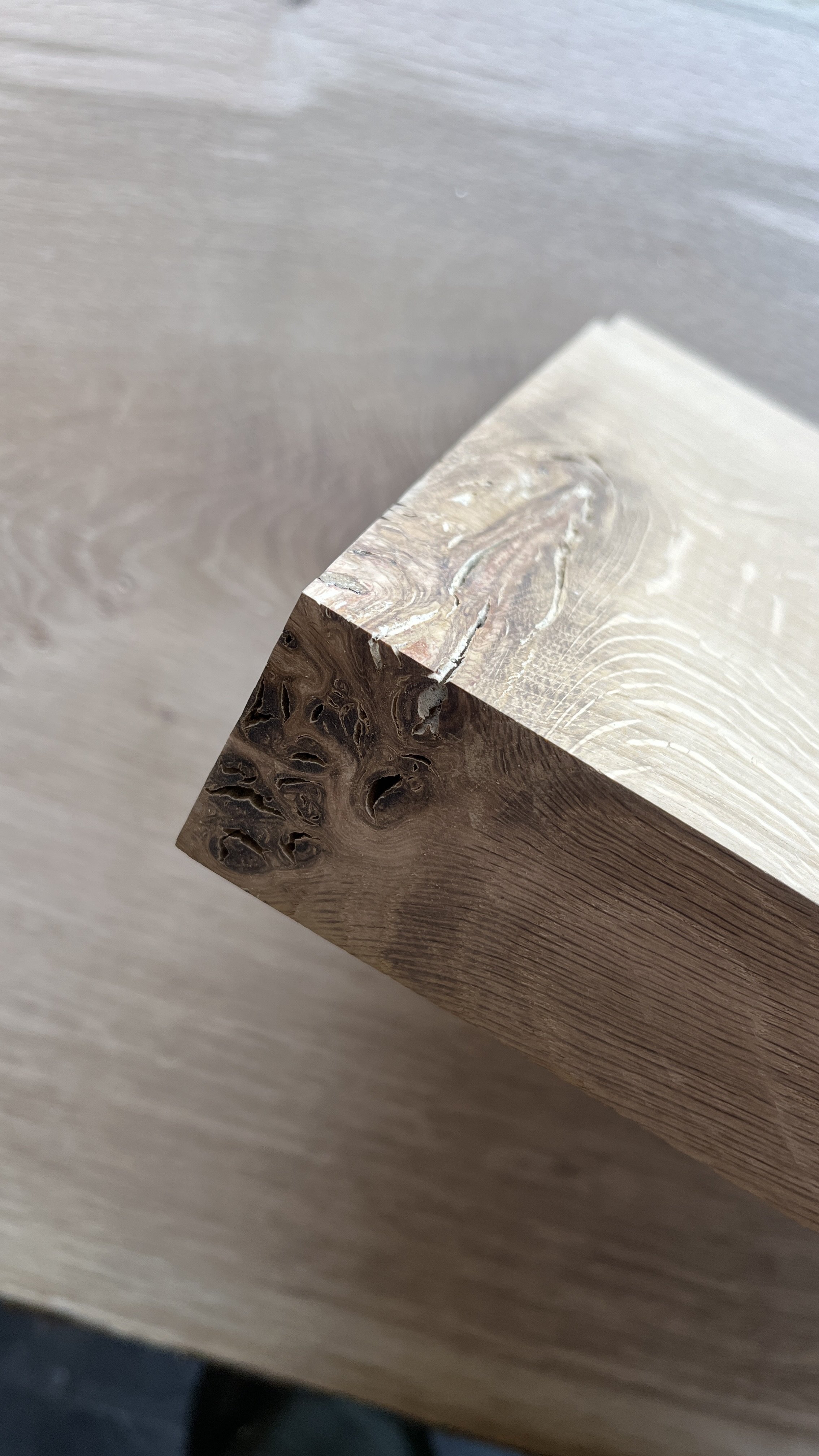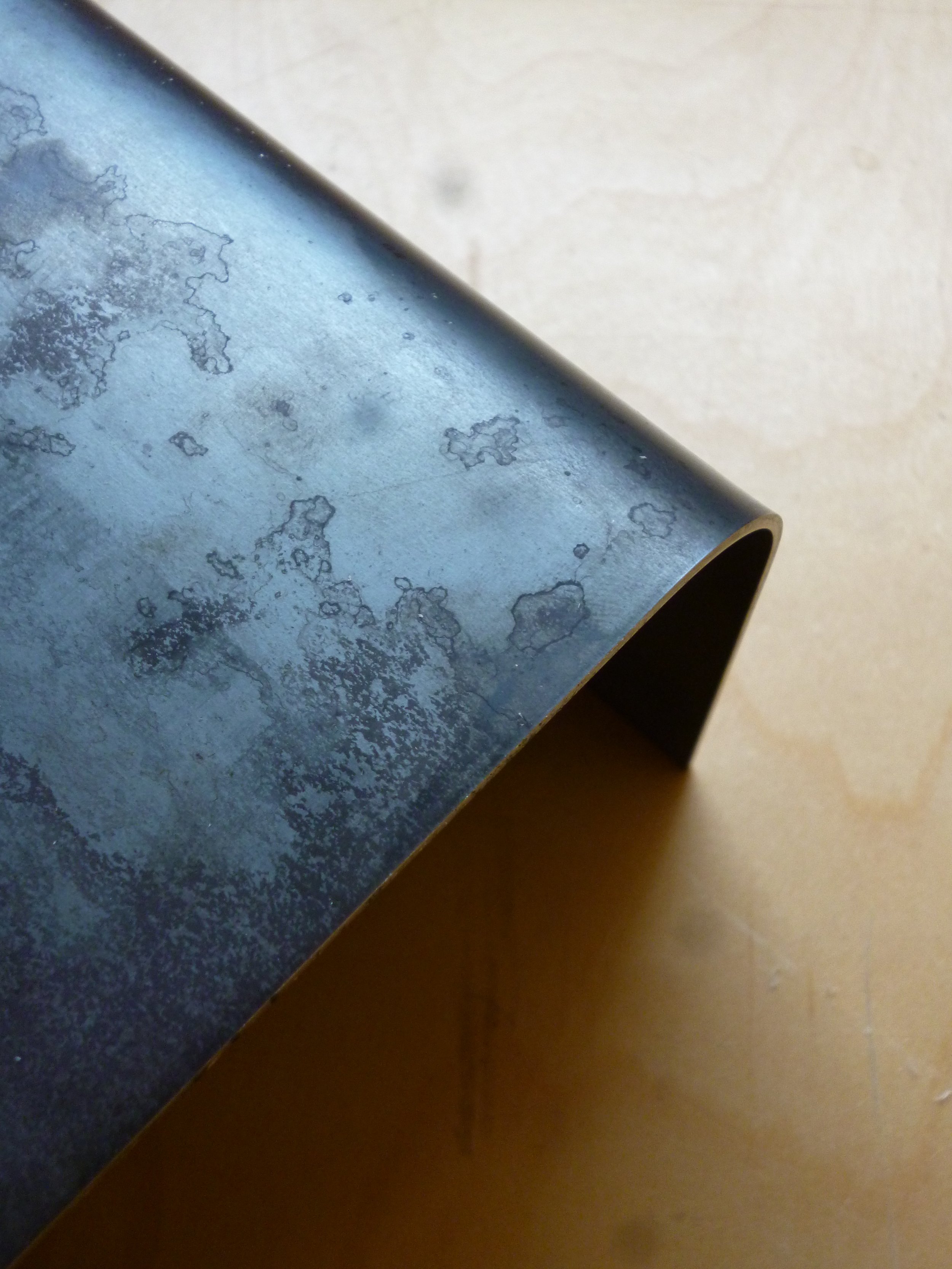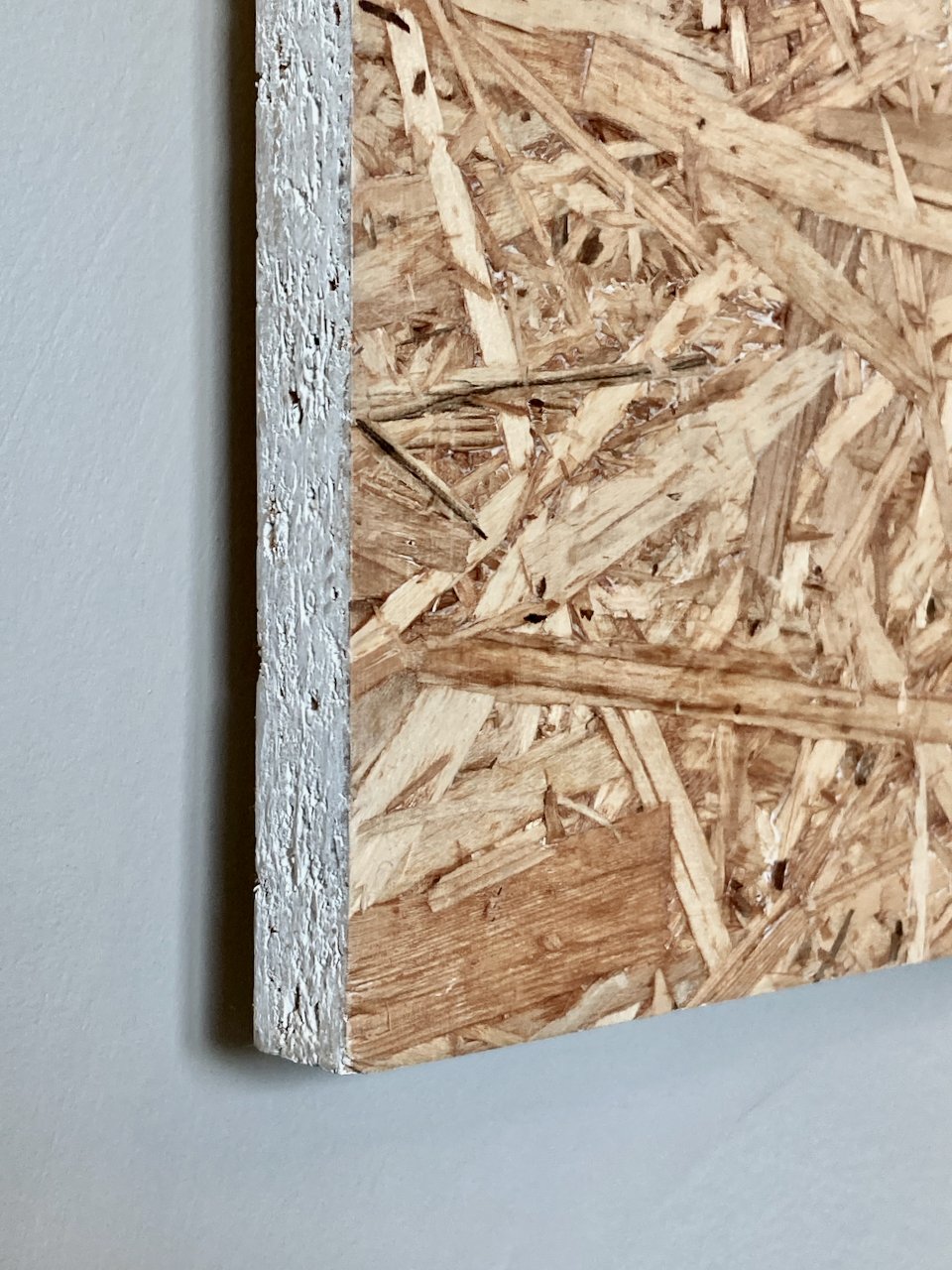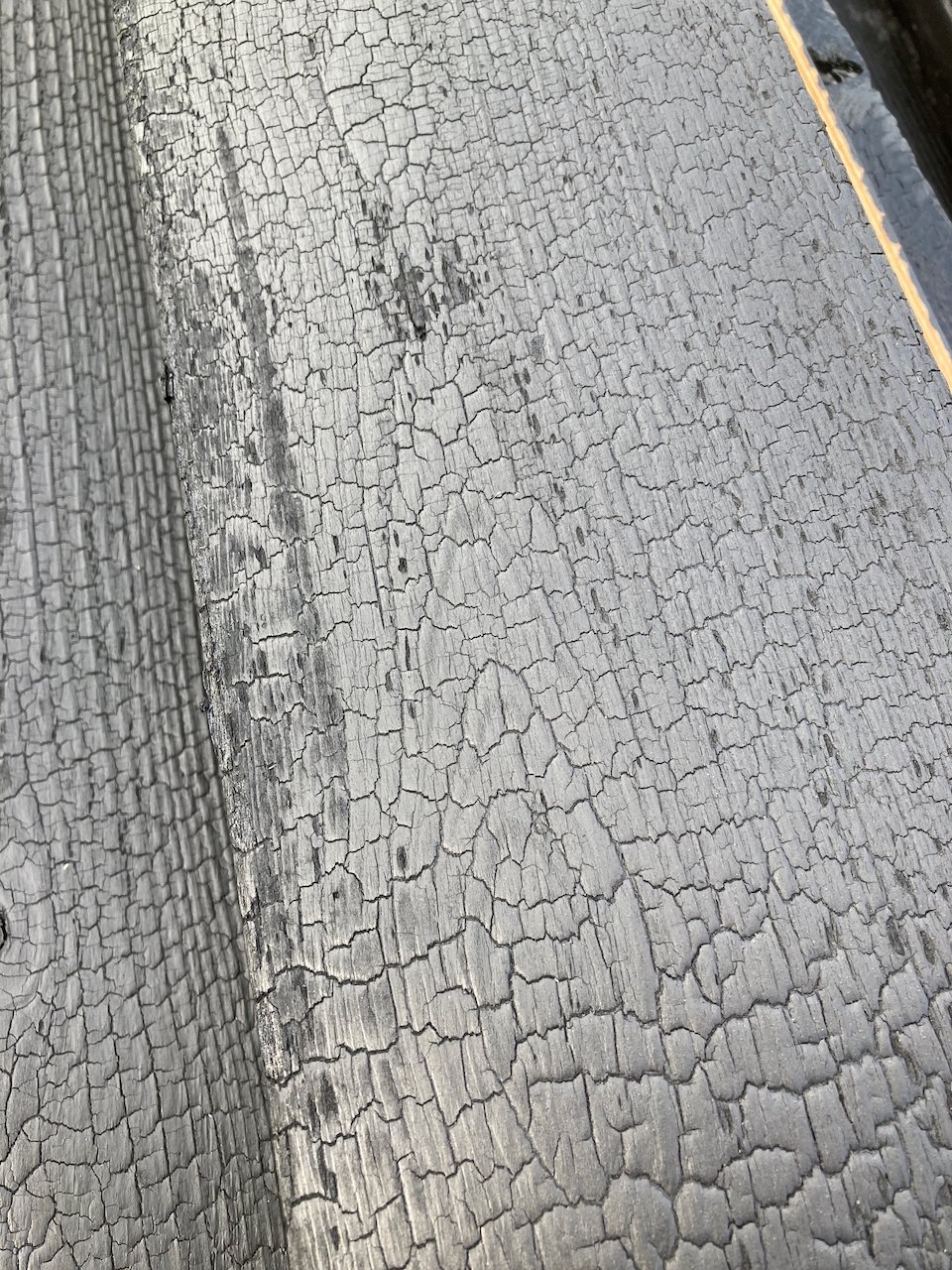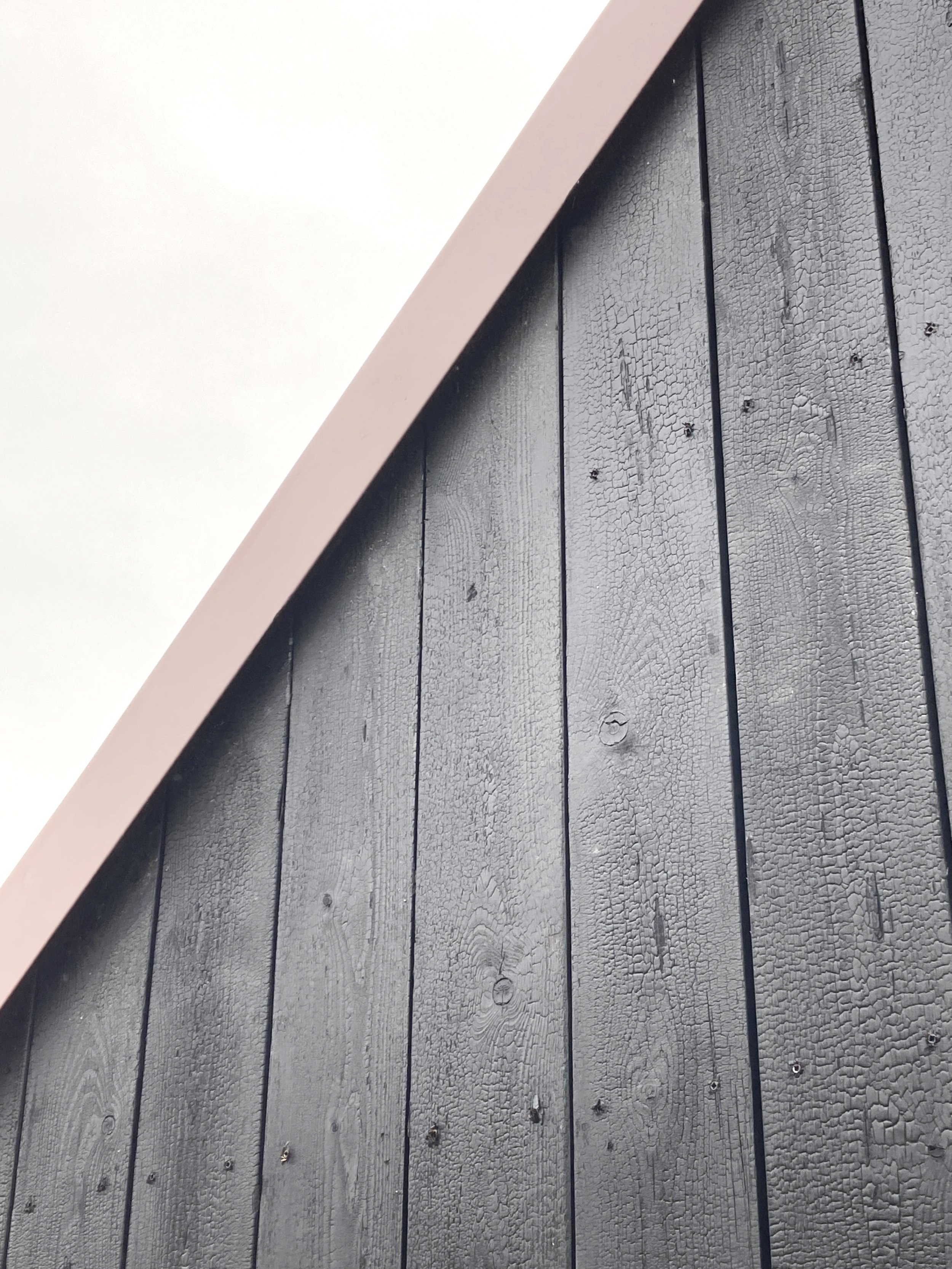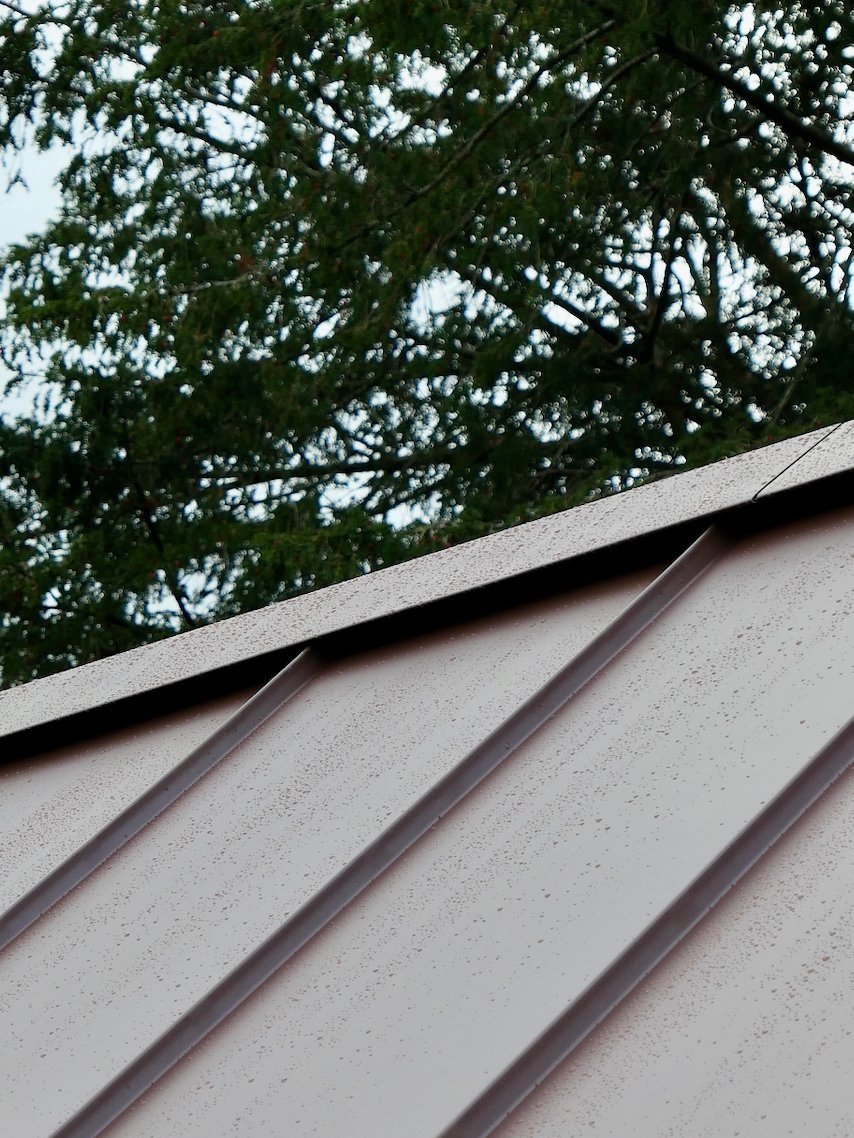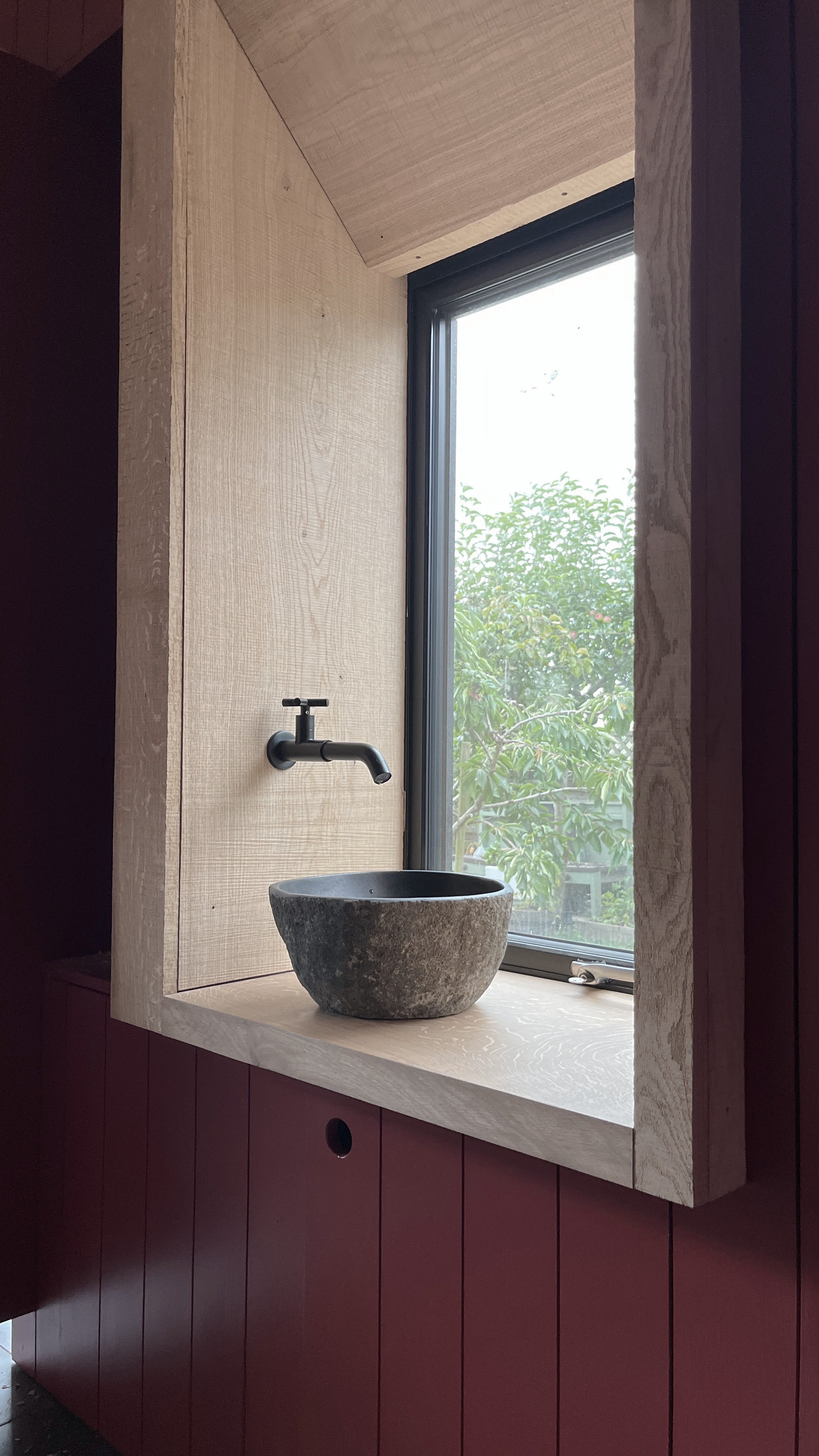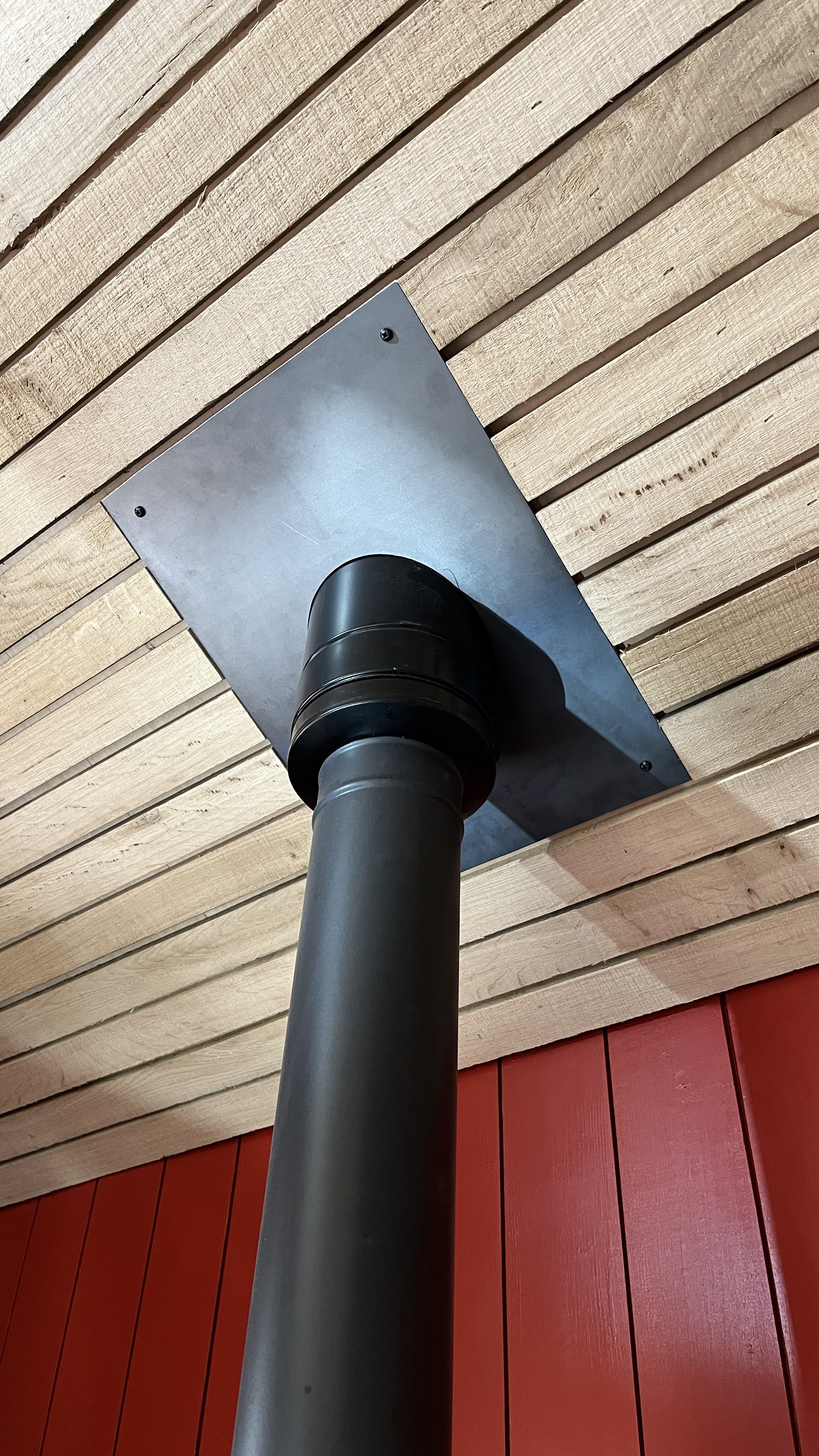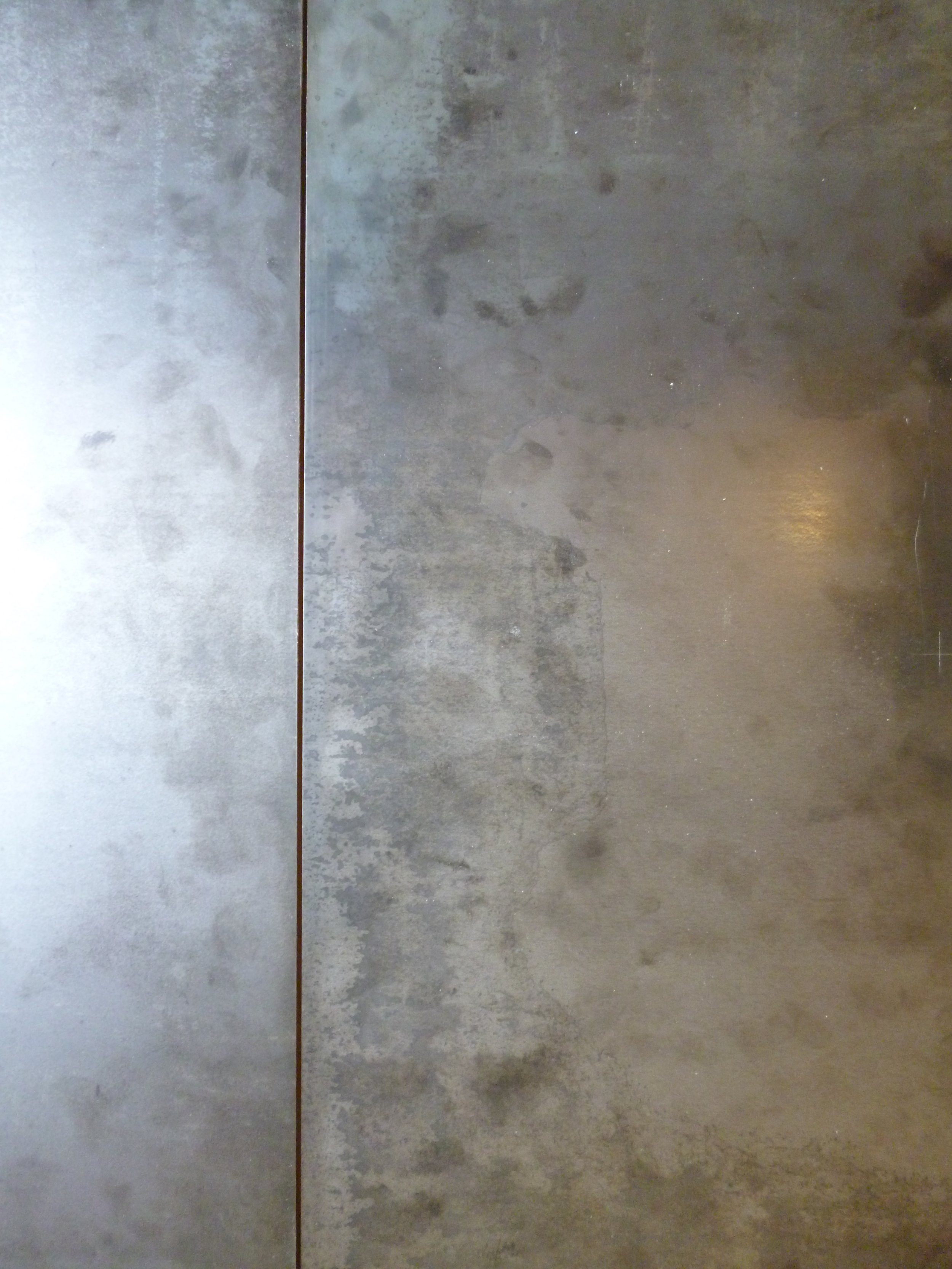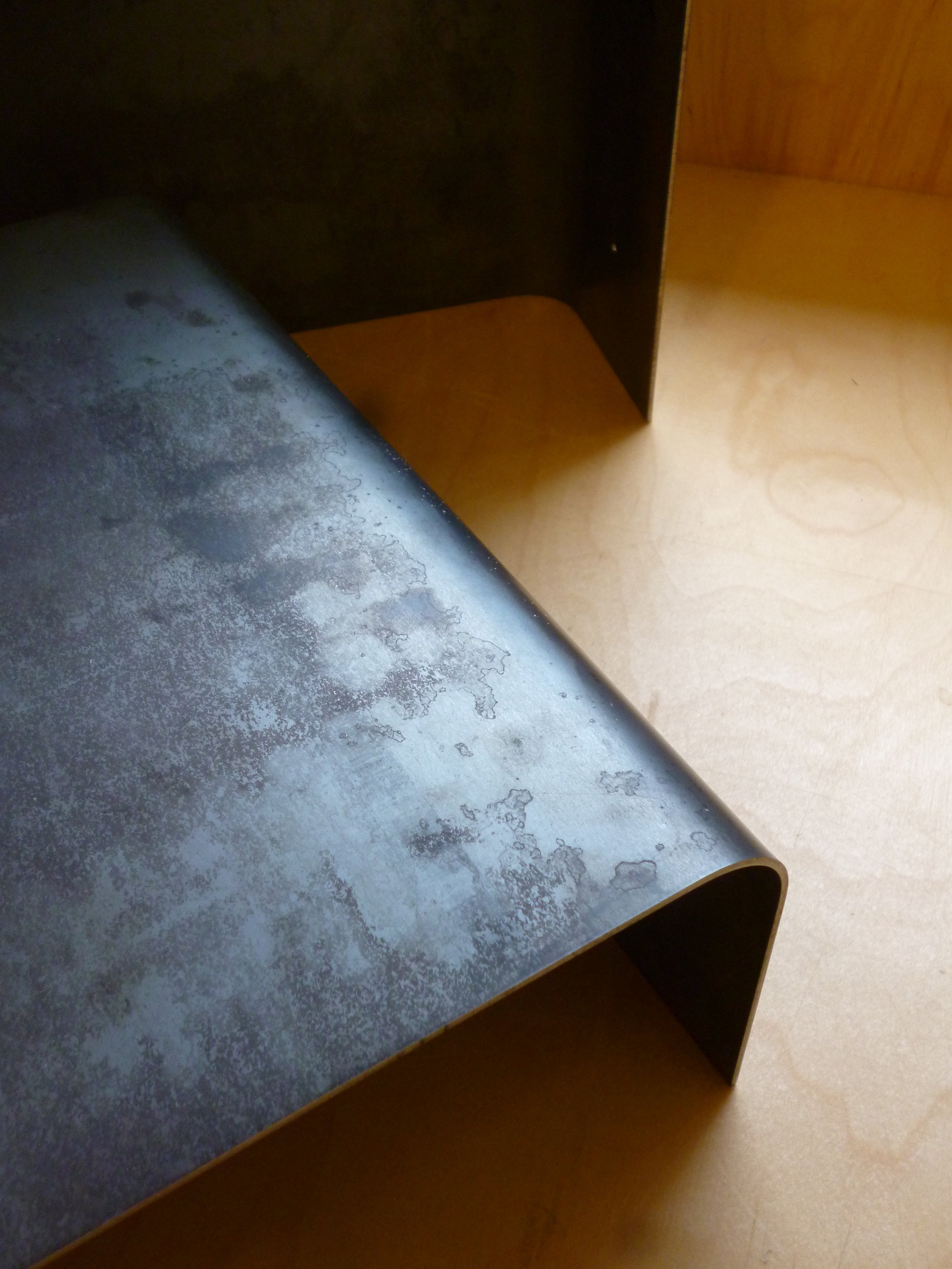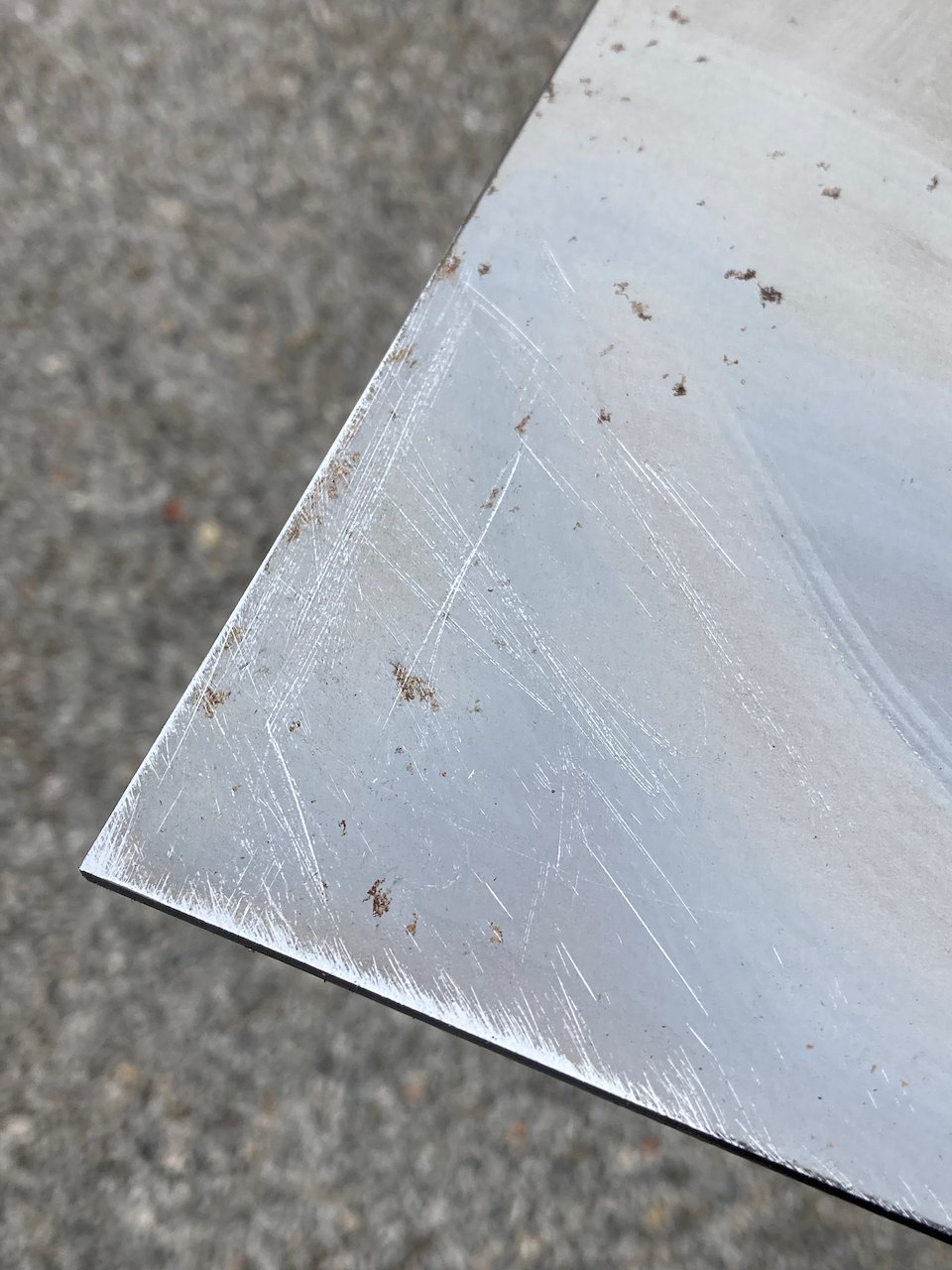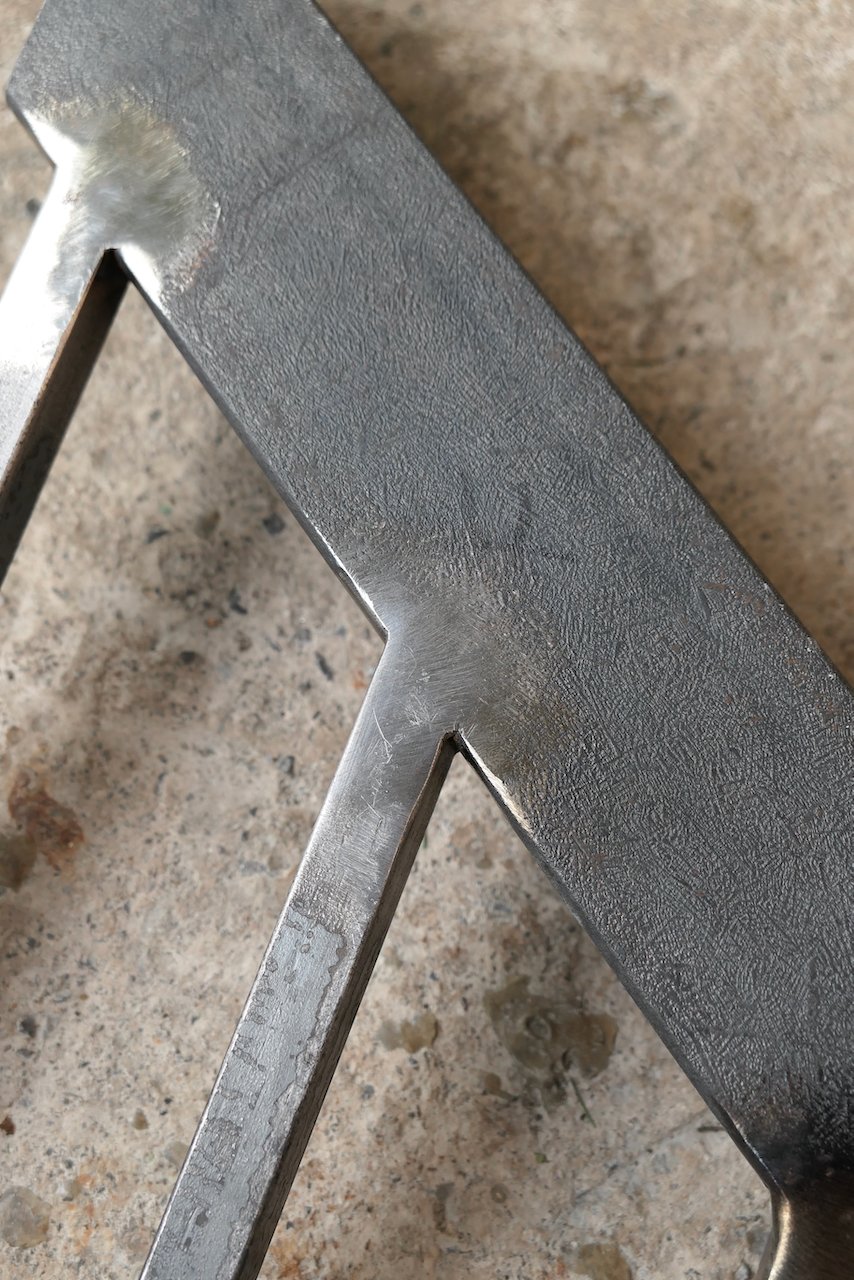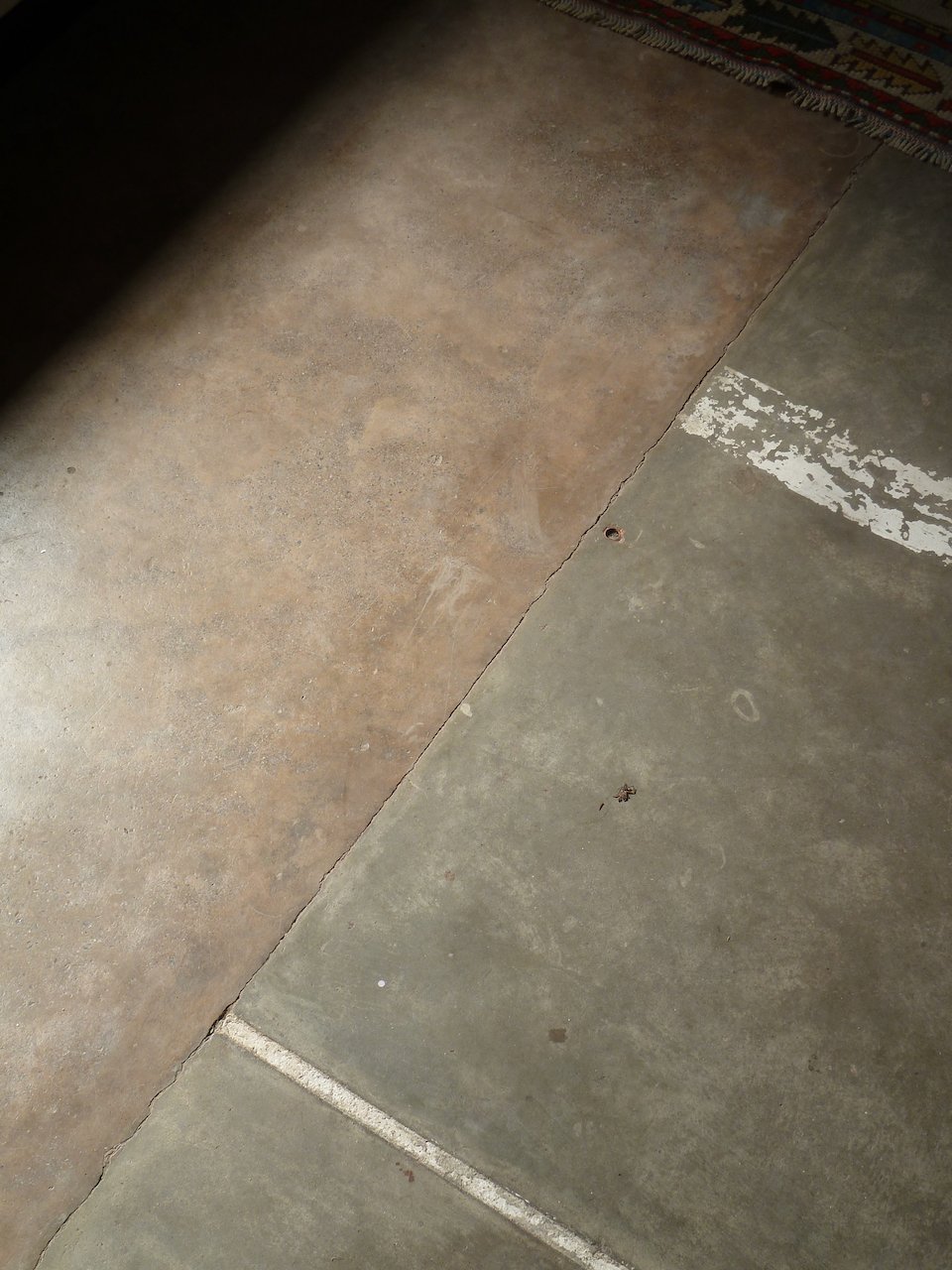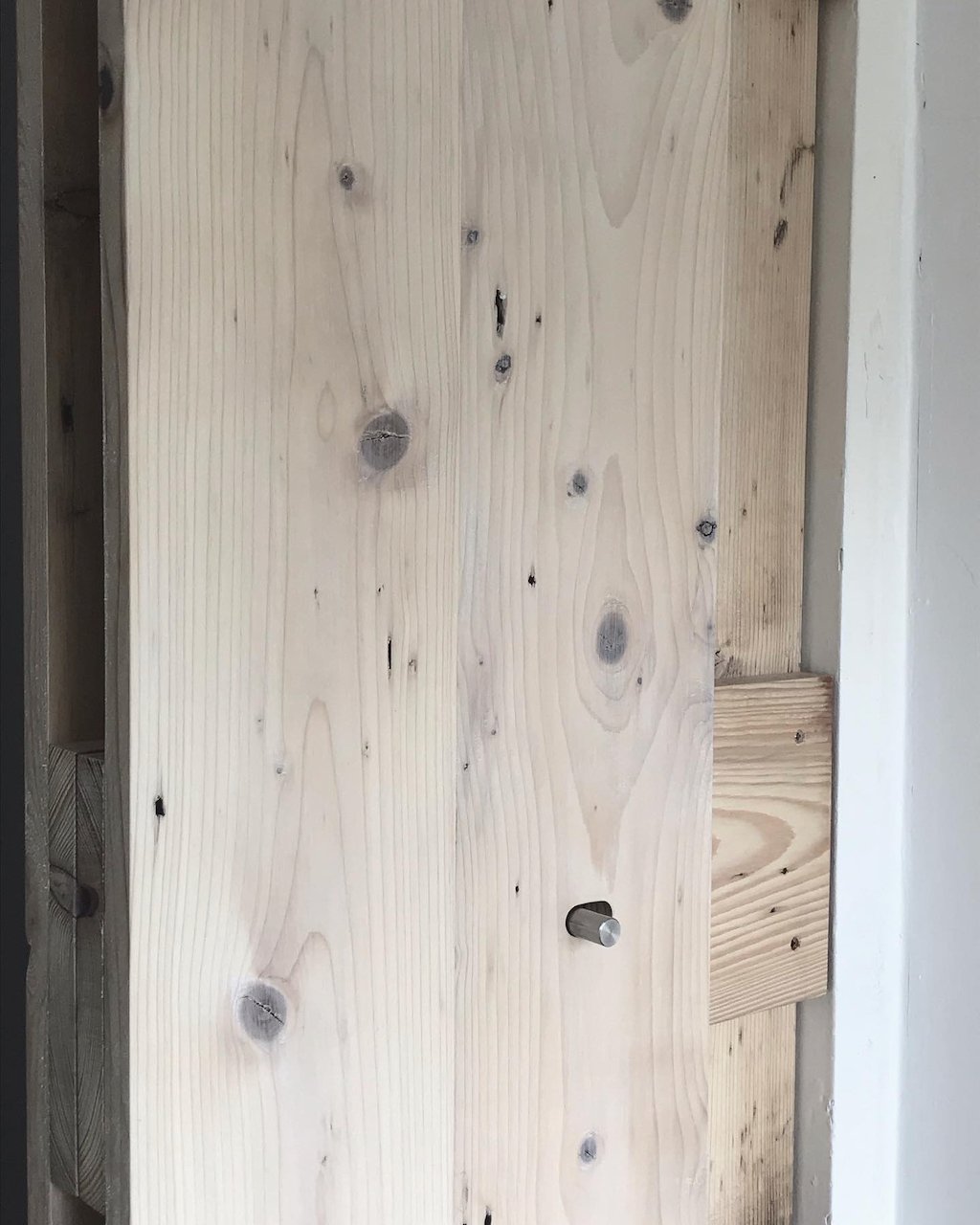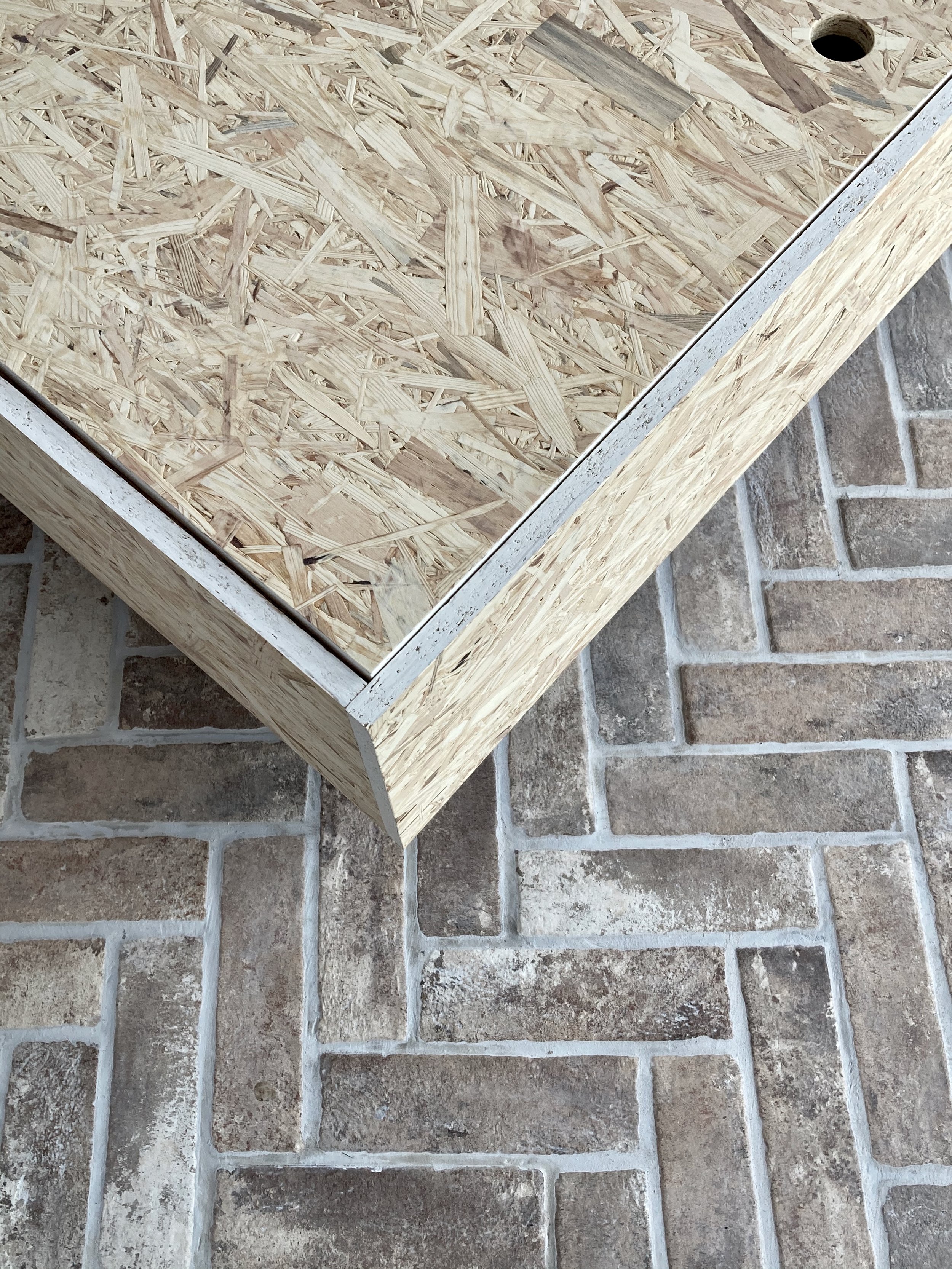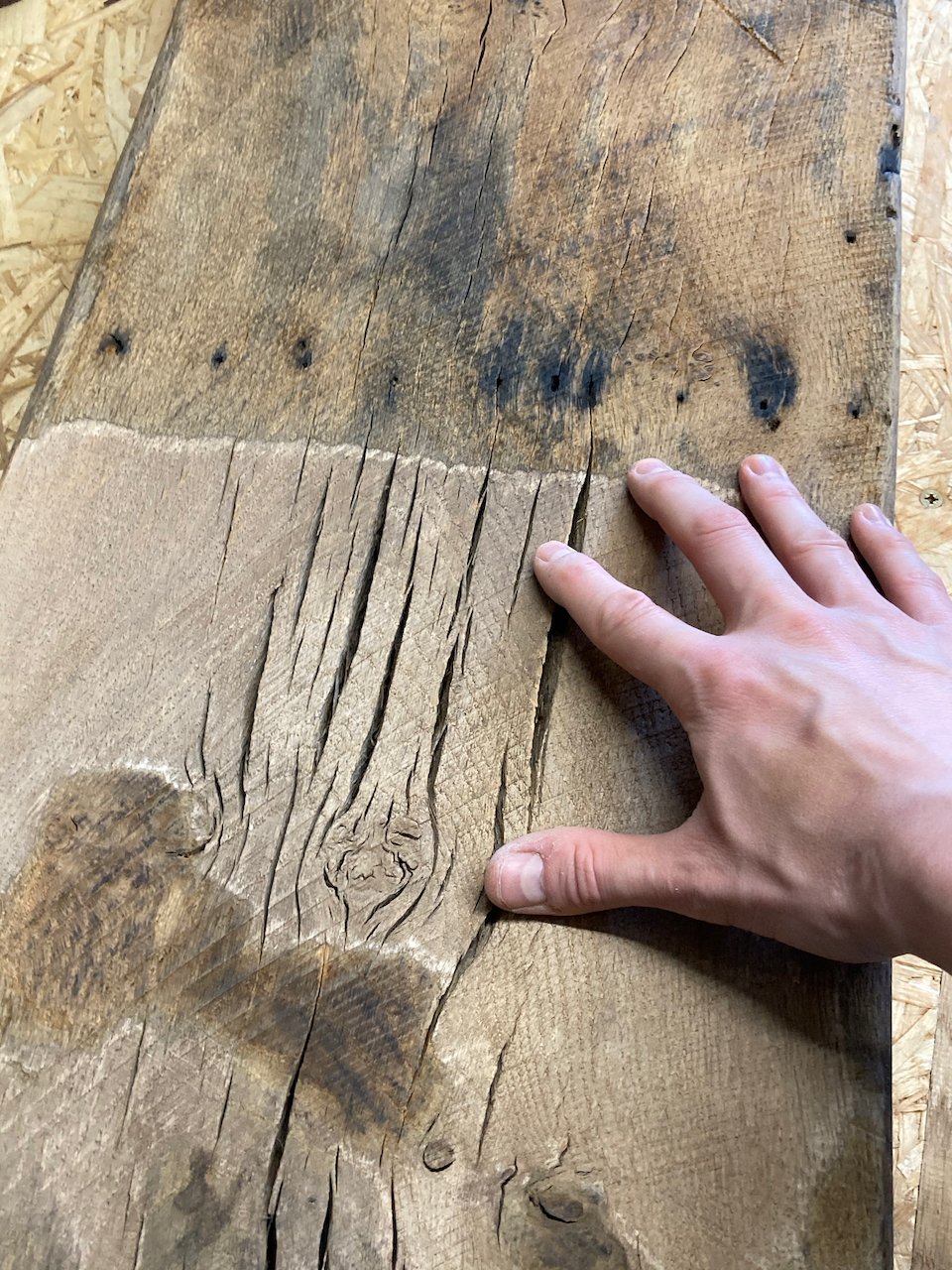Materials and Finishes
How our passion for materials and an understanding of their finishes makes for extraordinary architecture.
Here at studio four point ten we strive to make extraordinary architecture and interiors, and a huge part of this is our approach to materials, their finishes and our extensive first hand experience of working with them.
I have personally been a keen woodworker and metalworker since a young age, and long before my architectural training began, I was producing works of joinery and furniture and finely machined metal parts as part of my everyday interests. We have a deep embedded passion for making and this feeds into all of the projects we take on as architects working in both our Bath and Kent based studios.
So why is our keen interest in materials and expertise in using them so important to your architectural project? Well, there are a number of ways in which our approach can have a significant effect on the outcome of our architectural and interior designs, which include:
Our understanding of a wide range of materials and the various ways of working with them breathes greater creativity into our design process.
Sometimes it is possible to create great looking finishes and interior spaces using relatively cheap materials (such as softwood or OSB) provided you get the finish just right.
Our experience playing around with and testing different finishes allows us to specify the right end result for your project in terms of how you want it to look, and how you want to live with it.
We are able to design high quality and well considered projects more efficiently and within a tighter construction budget.
We avoid costly mistakes otherwise encountered when people use the wrong materials and finishes.
Our detailed and first hand experience of working with all manner of materials means we are best placed to effectively communicate with those working onsite to deliver the project, meaning the end result will reflect the aspirations we set out to achieve.
In a purely practical sense, having an in depth knowledge of materials and how they should be finished in different applications is essential to successful architecture and building work. This is never more true in conservation work with historic or listed buildings where the proper use of materials, and an understanding of the craftsmanship required for their application, is essential to the successful planning, approvals and completion of the works; not to mention the long term health of the building.
This post will focus on the more enjoyable aspects of material specification, exploring a number of the material finishes we have enjoyed working with most and discussing what we think makes them all the more special and extraordinary.
Fire and Oak
The brief for our Charred Cabin Project in Somerset, Bath, was to create a contemporary-rustic cabin for the garden, drawing inspiration from the traditional cabin in the woods typology with all its warmth, character and charm. For this project we were interested in the darker timber tones and rich autumn colours which would lend the cabin its cosy personality, and where the interior design did most of the heavy lifting in this respect.
The exterior became clad with a charred Larch Shou Sugi Ban timber and the double pitched roof capped with a refined dark red zinc standing seam cladding. Both of these materials appear today as very modern and architecturally refined cladding approaches, but are in fact steeped in tradition and require a highly skilled craftsperson to prepare and install correctly. We selected a deeply charred Larch for that intense black colour and open crackled grain that reminds us so vividly of cold charred logs around the campfire.
As a modern a thermally efficient building the structure is heavily insulated and the timber framing concealed from view. We wanted to avoid sticking on faux timber beams to imitate the look of the traditional cabin, and instead added richness through colour and surface finishes. On the whole, the interior is clad using an air dried rough sawn English Oak, and we worked closely with a local timber mill to discuss and sample the best way of cutting the boards down to achieve the look required.
The sawn finish adds a less precise and distressed character that compliments the otherwise ordered and accurately jointed boarding. The edges of the boards are slightly eased to remove splinters but otherwise are left unfinished allowing them to wear and distress further with use. Oak will oxidise in time just like steel, and in this process with darken with time.
The ceiling uses thinner sawn oak slats glued and secret nailed to the soffit, helping to tie over and across the various panelled wall features, whilst softening the acoustics of the space. Where the wood burning stove flue passes through, we hand cut a plate from hot rolled mild steel (or black steel) which is finished with a light oil and fixed with traditional slotted and black-japanned screws.
By contrast, the desk is made from a single slab of English Oak, selected for its wavy and ‘pippy’ grain (those clusters of small knots that appear in burred sections of the wood) with a smooth planed finish and rounded waney edge detail to provide a comfortable place to lean and work.
Hot Rolled Steel
There are many different types of steel designed for all manner of applications in the machining, welding, tool making and construction industry, and one of my favourite for architectural finishes and detailing is good old fashioned black steel. This is otherwise known as hot-rolled (or hot-formed) steel and it gets its characteristic dark grey colour through the oxidisation of the surface finish as it slowly cools down in air after being formed.
Depending the size and thickness of the steel section, and the time it takes for the steel to cool down, the oxide varies in appearance, thickness and grain. A thin flat sheet of mild steel will cool more quickly developing only a thin and relatively smooth oxide finish. This can be quite beautiful with an often polished and marbled effect that contains subtle colour shifts from straw-yellow to blue and purple as light refracts off the surface to a varying degree (depending on the oxide thickness).
By contrast, thicker steel bars and plates will cool much slower allowing a thicker oxide (or mill scale) to form on the steel. This is often a far deeper grey-black colour and with a more pronounced grain structure which is tougher to cut through and relatively robust in the long-term against corrosion.
What sets hot rolled steel apart from other steels is this character of its imperfect mill scale finish, which can possess far greater depth and richness compared to cold rolled steels (engineering steel) or more uniform stainless steel - but how do you finish black steel to protected it from corrosion whilst still being able to enjoy this natural mill finish?
We’ve experimented with a number of clear finishes over the years, and whilst the detail of each finishing approach remains the subject of a future more thorough article on the matter, we’ve summarised below the approaches we use most often on our interior applications.
Clear finishes for steel
Raw finish - The easiest option is to just leave it alone, giving the surface a good clean and degrease to remove the worst of the surface grime.
Waxed - Once cleaned and degreased, we often use a specialised microcrystalline wax to seal off the pores of the steel and leave a thin layer of wax which can be buffed to finish. This is effective at protecting furniture applications.
Chemical blackening - A cold applied finish more traditionally used to protect workshop tooling. This is a depositional process that forms a more robust black oxide layer on the surface, and is typically sealed with a thin coat of oil. An example of this is pictured here, used to finish an integrated steel bookshelf design on our interior renovation job in Pett Level, East Sussex. A final coating with a wax helps to seal the surface.
Powder-coating - A clear polyester powder coating offers a robust finish essentially coating the steel with a thin plastic film. The matt or satin effect finishes are particularly attractive and pretty much invisible up close.
Two-part clear lacquer - This is a professionally applied spray on system offering slightly better quality of finish over powder-coating. Once cured this is significantly more robust than your standard car paint lacquer.
Reclaimed Finishes
Sometimes it’s just about being creative with what you find on a site, lovingly restoring an old and worn concrete floor or repurposing inexpensive left over construction materials that would otherwise go into the skip. Many of our creative re-use and renovation projects take us on a journey of discovery as we peel back the layers of fabric and gradually uncover the hidden character and past of a building. On these jobs we always try to remain flexible in adapting our approach to the design, and working to incorporate original features where they add value.
On the Old Skittle Alley refurbishment project in Carlingcott, Bath, the original screed floor was impossible to ignore once it was uncovered, so instead of the new heated and polished concrete screed, was retained and restored. This also meant we had to rethink the heating strategy, but was on the whole agreed to add the greatest value to the project. On another restoration project in Bath, original pitch pine floorboards (reclaimed from the ground floor) were lovingly planed, jointed together, sanded and finished with a white tinted wax, to form new doors to the bedrooms. We added a finishing touch in the way of a bespoke designed stainless steel latch pin handle.
Large sheets of left over OSB are often thrown away once the building shell is finished, so on our Wayfareres Cabin project in rural Somerset, we took these back to our workshop and created a stunning ottoman storage bench for the client, the finished product of which perfectly compliments the rustic character of the herringbone brick flooring. The key to using this material is managing the edge treatment which is prone to splintering and not overly robust if knocked about. In heavy use environments it is best to add an edge lipping, but in this quieter setting was sanded smooth, the edges eases round and the open cut face then sealed with a layering of white paint and clear wax polished to a hard smooth finish.
Our passion for materials and the enjoyment we take in working with them fuels our approach to architecture and the interiors we design. Every project is special and has its own unique character whether this is from the place, the people or the history of a site, and there is always an interesting way to tell this story through the properly judged and inventive use of materials and finishes.

